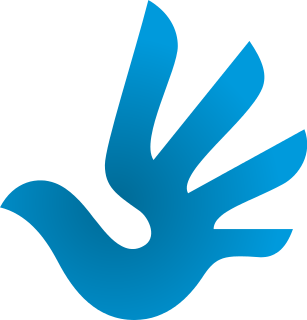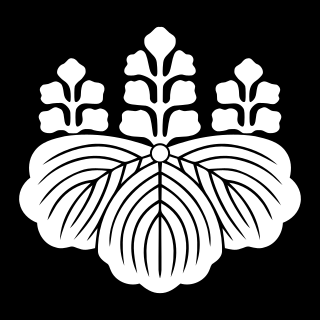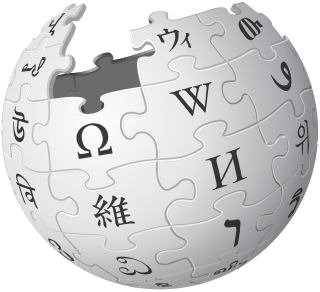 W
WA logo is a graphic mark, emblem, or symbol used to aid and promote public identification and recognition. It may be of an abstract or figurative design or include the text of the name it represents as in a wordmark.
 W
WA wordmark, word mark, or logotype is usually a distinct text-only typographic treatment of the name of a company, institution, or product name used for purposes of identification and branding. Examples can be found in the graphic identities of the Government of Canada, FedEx, Microsoft, and IBM. The organization name is incorporated as a simple graphic treatment to create a clear, visually memorable identity. The representation of the word becomes a visual symbol of the organization or product.
 W
WThe logo of Argentina refers to the official logo of the Marca País (MP), a State policy of nation branding that aims to promote tourism, boost exports, attract investments and spread Argentine culture.
 W
WCoca-Cola, or Coke, is a carbonated soft drink manufactured by The Coca-Cola Company. Originally marketed as a temperance drink and intended as a patent medicine, it was invented in the late 19th century by John Stith Pemberton and was bought out by businessman Asa Griggs Candler, whose marketing tactics led Coca-Cola to its dominance of the world soft-drink market throughout the 20th century. The drink's name refers to two of its original ingredients: coca leaves, and kola nuts. The current formula of Coca-Cola remains a trade secret; however, a variety of reported recipes and experimental recreations have been published. The drink has inspired imitators and created a whole classification of soft drink: colas.
 W
WDebranding is a marketing strategy to remove the manufacturers name from a product to appear less corporate, or to save on advertising. De-corporatizing is when a company removes its name from its logo for a marketing campaign in an attempt to make themselves appear less corporate and more personal. "Transitioning into generic" is when a company with a well-known brand opts to appear more generic. This means the company will eliminate advertising and reduce prices and debranding in this sense can increase profit margins.
 W
WA digital on-screen graphic is a watermark-like station logo that most television broadcasters overlay over a portion of the screen area of their programs to identify the channel. They are thus a form of permanent visual station identification, increasing brand recognition and asserting ownership of the video signal.
 W
WThe graphic charter of government communication is the graphic charter of the logo of France, used by government services. It was adopted in 1999 by the government of Lionel Jospin and revolves around a logo associating Marianne, the tricolor flag and the motto Liberté, Égalité, Fraternité to represent the French Republic. A redesign of this graphic charter was carried out in 2020.
 W
WThe Human Rights Logo has its origin in the international "Logo for Human Rights" initiative, which was started in 2010. Its goal was to create an internationally recognized logo to support the global human rights movement. The winning logo was created by Predrag Stakić from Serbia.
 W
WLogo signs are blue road signs used on freeways, that display the logos or trademarks of businesses before travelers reach an exit or interchange. Typically, a business pays a small fee to a transportation department to have their logos displayed on a large panel alongside other businesses. Depending on the jurisdiction, businesses may have to meet certain criteria such as hours of service and distance from the sign.
 W
WLogorama is a 2009 French adult animated short film co-written and directed by François Alaux, Hervé de Crécy and Ludovic Houplain (H5), and produced by Autour de Minuit. Set in a stylized version of Los Angeles, the short portrays events told entirely through the extensive use of more than 2,000 contemporary and historical logos and mascots. The film won both the Prix Kodak at the 2009 Cannes Film Festival and the Academy Award for Best Animated Short Film at the 82nd Academy Awards in 2010.
 W
WMon (紋), also monshō (紋章), mondokoro (紋所), and kamon (家紋), are Japanese emblems used to decorate and identify an individual, a family, or an institution or business entity. While mon is an encompassing term that may refer to any such device, kamon and mondokoro refer specifically to emblems used to identify a family. An authoritative mon reference compiles Japan's 241 general categories of mon based on structural resemblance, with 5116 distinct individual mon.
 W
WThe Obama logo was the primary symbol of Barack Obama's 2008 presidential campaign. The design became one of the most recognized political brand logos during the 2008 U.S. presidential election, and was used again for Obama's reelection campaign and for the Obama Foundation.
 W
WA production logo, vanity card, vanity plate, or vanity logo is a logo used by movie studios and television production companies to brand what they produce and to determine the production company and the distributor of a television show or film. Production logos are usually seen at the beginning of a theatrical movie or video game, or at the end of a television program or TV movie. Many production logos have become famous over the years, such as the 20th Century Studios's monument and searchlights and MGM's Leo the Lion. Unlike logos for other media, production logos can take advantage of motion and synchronized sound, and almost always do.
The logo of Réunion is a logo that is the central device of the flag of Réunion. It is a stylized representation of the island, and reads beneath "Valorisons nos atouts" in French.
 W
WThe Solidarity logo designed by Jerzy Janiszewski in 1980 is considered as an important example of Polish Poster School creations. The logo was awarded the Grand Prix of the Biennale of Posters, Katowice 1981. By this time it was already well known in Poland and became an internationally recognized icon.
 W
WThe Superman shield, also known as the Superman logo, is the iconic emblem for the fictional DC Comics superhero Superman. As a representation of one of the first superheroes, it served as a template for character design decades after Superman's first appearance. The tradition of wearing a representative symbol on the chest was followed by many subsequent superheroes, including Batman, Green Lantern, the Flash, Wonder Woman, Hawkman, and many others.
 W
WThe United States Bicentennial was a series of celebrations and observances during the mid-1970s that paid tribute to historical events leading up to the creation of the United States of America as an independent republic. It was a central event in the memory of the American Revolution. The Bicentennial culminated on Sunday, July 4, 1976, with the 200th anniversary of the adoption of the Declaration of Independence.
 W
WThe logo of the free online encyclopedia Wikipedia is an unfinished globe constructed from jigsaw pieces—some pieces are missing at the top—each inscribed with a glyph from a different writing system. As displayed on the web pages of the English-language edition of the project, there is the wordmark "WIKIPEDIA" under the globe, and below that the text "The Free Encyclopedia" in the free open-source Linux Libertine font.